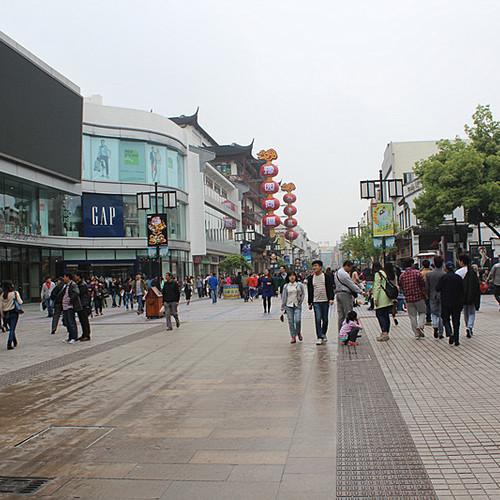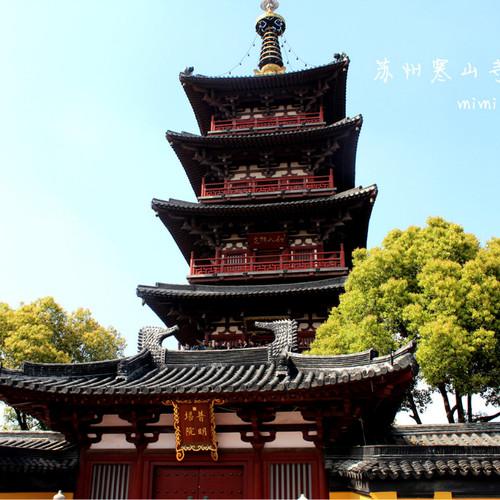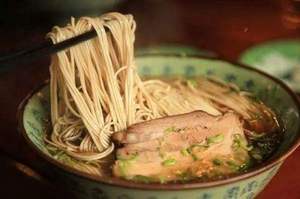Strolling to enjoy the sunset, taking a boat trip and listening to music, a 3-day trip in Suzhou city
1 cities |
13 attraction(s) |
total distance 18
km
 TIPS
TIPS
Day1
Day2
Day3
Day1: SUZHOU
4 attraction(s) ·
4 km
1
It is the only remaining ancient city gate relic in Suzhou and the only surviving water and land combined city gate in the country.
2
km
2
It is the oldest garden in Suzhou and one of the four famous gardens in Suzhou. It was originally a palace garden of the King of Wuyue during the Five Dynasties period.
2
km
3
The Master of the Nets Garden is one of the four famous gardens in Suzhou and is a representative work of art and cultural value in Suzhou gardens.
1
km
4
Tenquan Street is located in the southeastern part of Suzhou's ancient city area. Starting from Renmin Road, the main north-south thoroughfare in the ancient city, it extends eastward to the Fengmen area. It is a place where a variety of Suzhou delicacies can be found and is also a gathering area for bars, although small bars are more predominant.
Day2: SUZHOU
6 attraction(s) ·
5 km
1
The largest representative classical garden in Suzhou, along with the Summer Palace in Beijing, the Mountain Resort in Chengde, and the Lingering Garden in Suzhou, is renowned as one of the Four Famous Gardens of China.
1
km
2
Traditional Suzhou garden style, with a mix of high and low structures, contrasting dark gray roofs with white walls, the whole museum looks like a small garden.
1
km
3
Built in 1342 AD, it is one of the representative traditional Chinese private gardens.
2
km
4
Located in the heart of the ancient city of Suzhou. The area is thriving with commerce, renowned shops, and numerous historical sites. It offers a wide range of items, including clothing, accessories, footwear, food products, bonsai art, glassware, and more. It serves as a vibrant hub for local commerce, culture, religion, and tourism.
2
km
5
Formerly the site of the Jin Gu Yuan, a private garden owned by the Qian family of the Wu Yue Kingdom during the Five Dynasties, the Huanxiu Mountain Villa became renowned for its exquisite scenery. With a total area of 2,179 square meters, including a building area of 754 square meters, the garden features mainly mountains and supplemented with ponds, and only a few buildings. Although small, the garden has a grand and magnificent atmosphere. The garden's artificial rockery is the largest of its kind in China, covering only half an acre but presenting cliffs, peaks, caves, valleys, platforms, and paved paths, creating a rich and diverse landscape. The main mountain lies to the east of the pond, while the secondary mountain lies to the north, forming a continuous and interconnected landscape that suddenly breaks into cliffs. At the junction of the paved path and the flowing stream, one can look up to see a clear sky and overlook several winding streams. The exquisite and meticulous treatment of the entire mountain, with each stone and seam carefully positioned, can be admired up close or from afar, earning it the reputation of being "unique and unparalleled in Jiangnan". Huanxiu Mountain Villa is a protected cultural relic site in Jiangsu Province and was listed as a national key cultural relic protection unit in 1988. In 1997, as one of the classical gardens in Suzhou, it was approved by UNESCO to be included in the World Heritage List. The history of Huanxiu Mountain Villa can be traced back to the Jin Dynasty when the brothers Wang Xun and Wang Ming built Jingdesi Temple on the site. Later, it became the Jingu Garden of Qian Yuanliao, the son of Qian Liu, the king of Wu Yue during the Five Dynasties. In the Song Dynasty, it was a medicinal garden owned by the writer Zhu Changwen. It went through several periods of abandonment and revival. During the Jiajing period of the Ming Dynasty, it was successively transformed into a school, a granary supervisory office, and later became the residence of the Grand Secretary Shen Shixing. In the Wanli period, it became the residence of the descendant of Sun Shen Jikui who built the Qu Garden. During the Qianlong period of the Qing Dynasty, it was the residence of Jiang Ji, an official of the Ministry of Justice, who built the "Qiuzilou" and constructed a rockery and pool, known as the "Flying Snow" spring, and erected buildings and pavilions in between. It was then successively the residence of the Grand Secretary Bi Yuan, the residence of the Grand Secretary Sun Shiyi. Sun Shi's descendant, Sun Jun, with the literary name Linquan, invited the renowned rockery master Ge Yuliang to restructure the garden in the twelfth year of the Jiaqing period. Ge Yuliang created a magnificent artificial rockery on half an acre of land, establishing the reputation of the garden. In the twenty-ninth year of Daoguang (1847), Wang Weiren purchased the garden to build the Wang ancestral temple, established the Gengyin Yizhuang, and restored the northeastern garden. The garden became part of the Wang ancestral temple, renamed "Huanxiu Mountain Villa" but also known as "Yiyuan". It suffered significant damage over time, and by 1949, only one mountain, one pond, and one "Buqiu Boat" remained. From June 1984 to October 1985, significant renovations were carried out by the Suzhou Garden Bureau and the Embroidery Research Institute, with design by the Suzhou Classical Garden Design Office and construction by the Suzhou Classical Garden Construction Company. The main restoration included the Four-sided Hall, Yugu Hall, Wenquan Pavilion, and Side Building, with a total building area of 754 square meters. Additionally, over 200 meters of walls were rebuilt or repaired, 246 square meters of ground were paved, and the artificial rockery was reinforced while the water pond was cleaned and trees were planted.
1
km
6
The garden covers an area of about 5 acres and still retains the old appearance of the late Ming and early Qing dynasties. The garden has a narrow rectangular layout, with the courtyard at the northernmost part consisting of the main hall, Boya Hall, and water trees. A central water pond, covering approximately 1 acre, serves as the focal point of the entire garden. There are two water bays in the southeast and southwest, each with a flat stone bridge. Except for the embankment at the water pavilion in the north, the other pond banks have natural and winding shapes. Following the garden design techniques of Wangshi Garden, low and small buildings such as thatched cottages and fishing sheds are placed near the shores to create a sense of openness on the water surface. To the south of the pond, there is a rockery screen with a bridge pavilion on top. In the southwest of the pond, there is a small courtyard with a meandering water feature, creating a serene and elegant atmosphere. The water pavilion in the north of the pond has a width of 5 rooms, with additional buildings such as pavilions and corridors on both sides. These structures occupy the entire northern facade, which is unique to Suzhou gardens.
Day3: SUZHOU
3 attraction(s) ·
9 km
2
Tiger Hill has a history of over 2500 years and is a must-visit place in Suzhou. The most famous attractions there are the Tiger Hill Pagoda and the Sword Pool.
6
km
3
Located in the western suburbs of Suzhou City, it was founded during the Southern Dynasty and has a history of over 1,400 years. It belongs to the Linji sect of Zen Buddhism.































